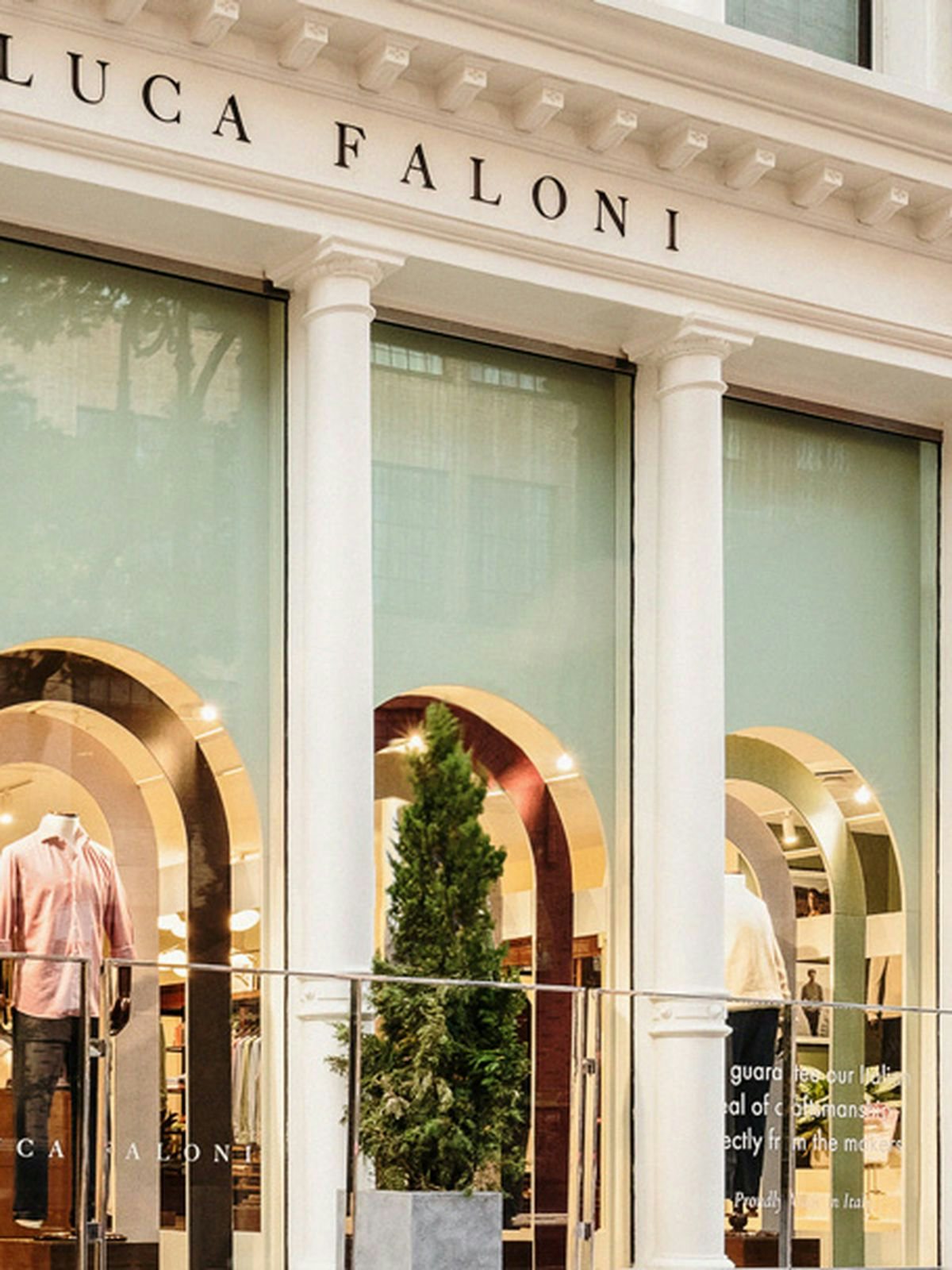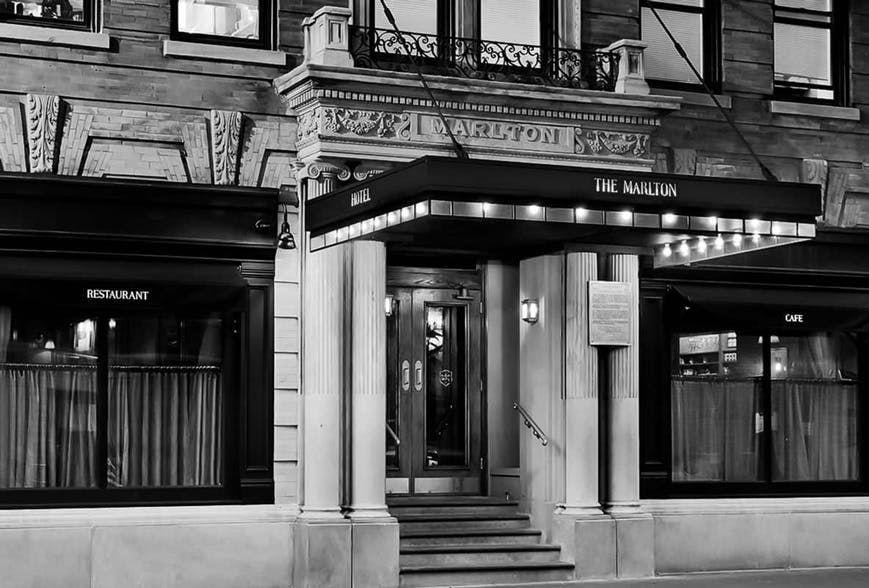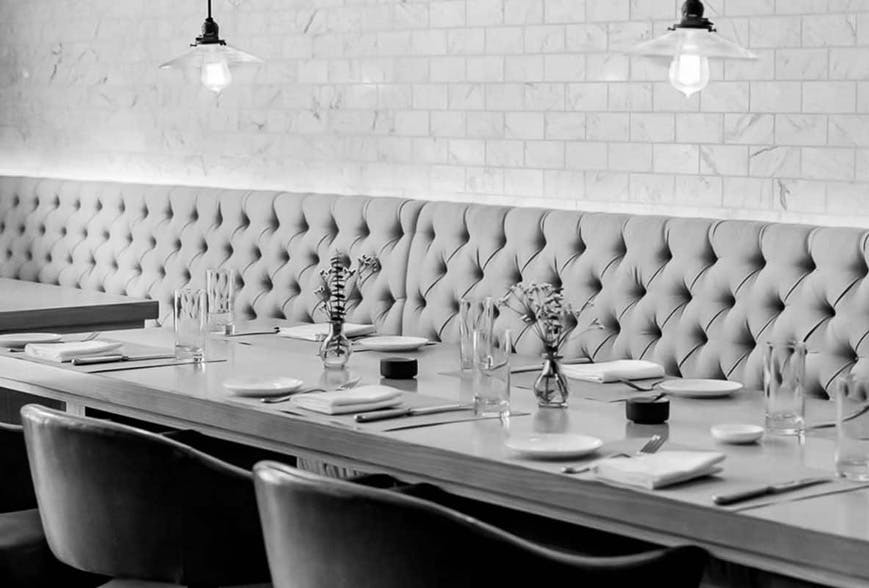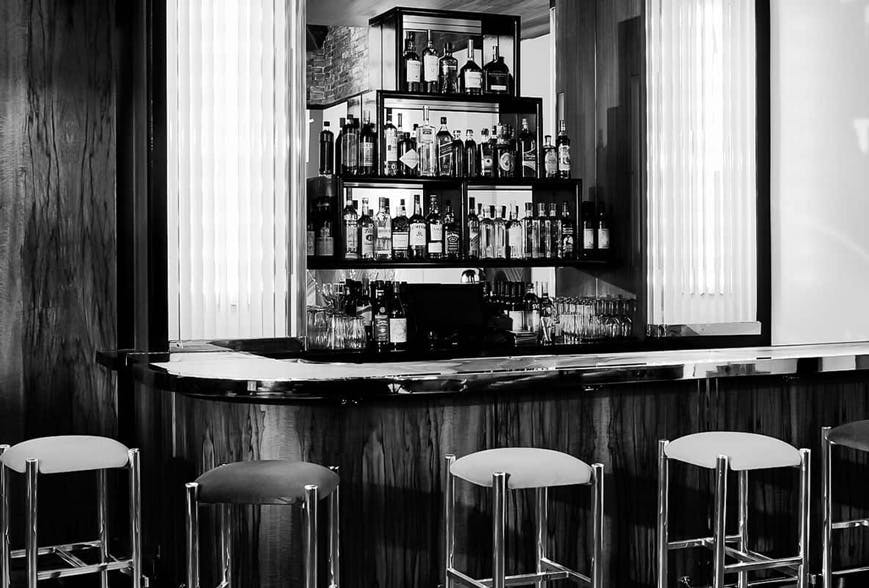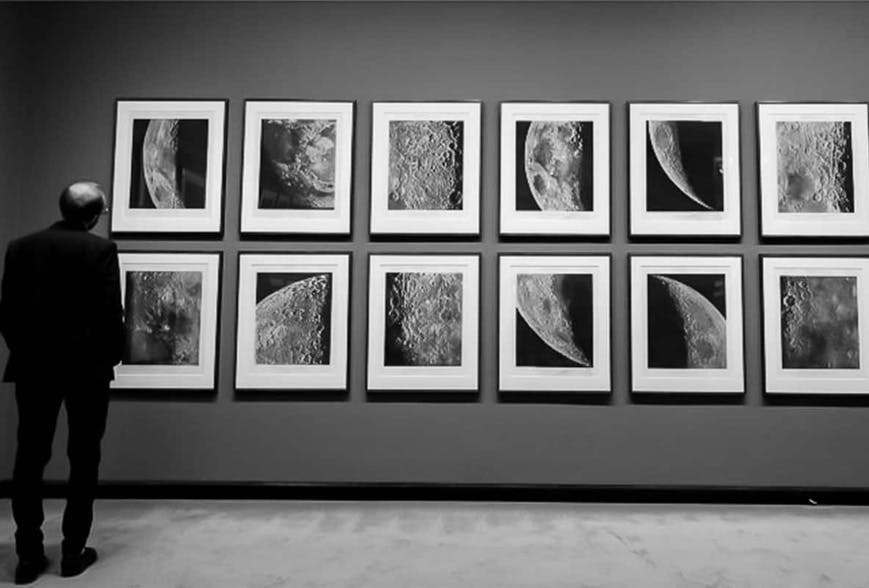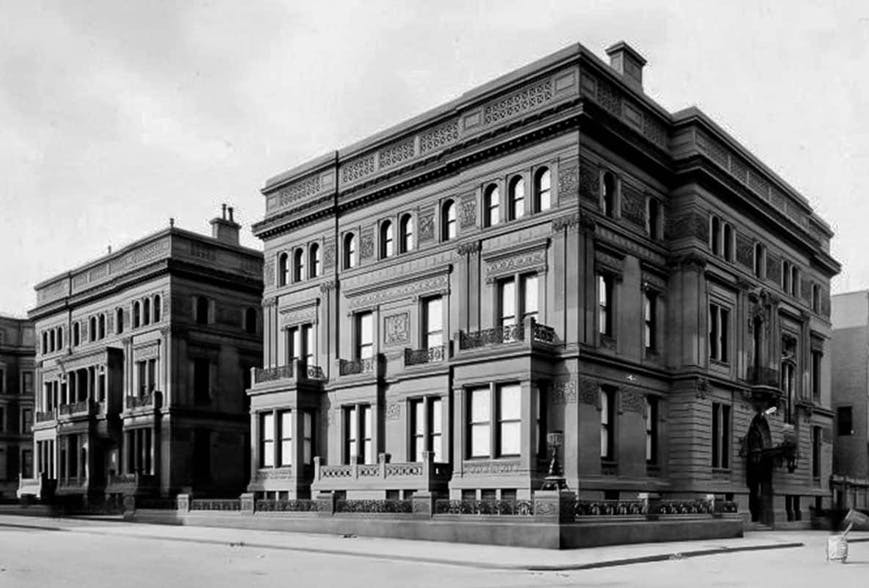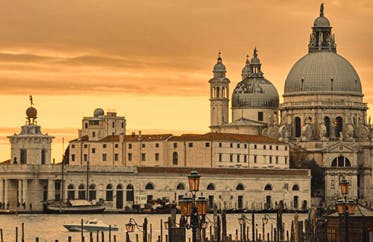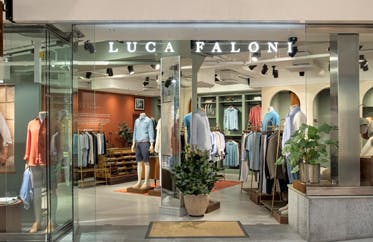
48 Hours in Stockholm
A cosmopolitan capital, Stockholm has a heritage rich in art, design and a renowned culinary scene. Add to that an architectural legacy that encompasses old-world European charm as well as the slick, 21st-century modernism that’s become a hallmark of Scandinavian design and it’s little wonder that it has become a favourite destination for us here at Luca Faloni.
Discover our store at Sturegallerian, and list of some of our top local haunts to check out, should you find yourself in town for a long weekend.
